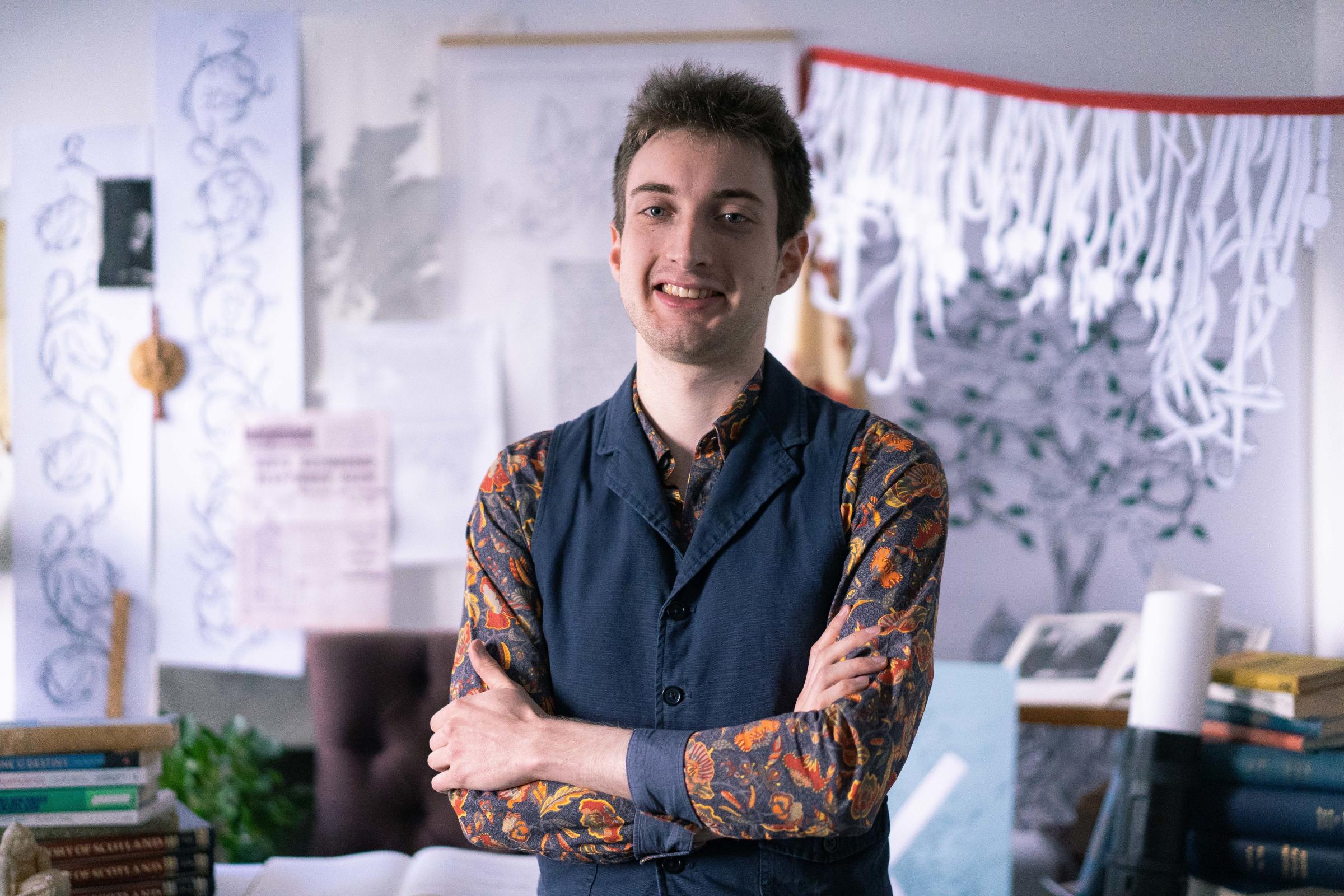
SCOTLAND’S historic connections to the Netherlands will soon be explored with support from the National Lottery and Creative Scotland.
The Scottish writer and artist Andrew Redmond Barr has been invited to become artist-in-residence for the Schotse Huizen (Scottish Houses), a museum occupying two former Scottish merchants’ houses in the small town of Veere. For centuries, the town played a vital role in connecting Scotland with Europe.
Located in Zeeland, the westernmost province of the Netherlands, Veere was founded in the 13th century by nobleman Wolfert I van Borselen, who subsequently married Maria Stuart, daughter of Scottish king James I. Given its direct access to the North Sea, the town became Scotland’s “staple” port in Europe for hundreds of years, leading to the establishment of a large Scottish merchant community.
Scottish trading ships were given preferential treatment by the Dutch, to the extent that they were granted their own taxation and legal system, with all who lived under the Staple Contract falling under the purview of the independent Court of the Lord Conservator.
In 1749, then-deputy conservator James Stuart wrote that “the Scots’ Privileges in the Netherlands are the most honourable that were ever granted to any Nation in that, or perhaps any other Country”.
The Scottish presence in Veere demonstrated how highly Scottish trade was sought by other European nations prior to the Union, with wool being the main import along with whisky, fish, flax, grain and hides, while leather, coal, brassware, tiles, wine, Dutch gin and, later, arms and ammunition were exported from Veere to Culross, Leith and Newcastle. The influence of Veere can still be seen in the architecture of Scottish towns which traded with Veere, such as Dutch-style kirk towers and crow-stepped gables.
Veere was also notable for hosting the first Scottish kirk established on foreign soil in 1612. In the late 18th century, however, the invasion of the Netherlands by Napoleonic France saw the Scottish population of Veere reduced to 15, the kirk closed and demolished and its minister ejected.
Nevertheless, when Veere celebrated its 700th anniversary in 1996, the title of “Honorary Conservator of the Scottish Privileges in the Low Countries” was revived and granted to Winnie Ewing, then an SNP MEP, who made a visit to the town with a delegation of fellow Scots.
Barr said: “Veere is a historic port town in the southern Dutch province of Zeeland, and was Scotland’s primary trading gateway to Europe for several hundred years.
“It’s a part of our history which isn’t widely known about, and has the potential to challenge some preconceptions about Scotland’s historic place in the world.
“From mid-May until the first week of June 2022, I’ll be here as artist-in-residence at the Schotse Huizen, a local museum occupying two beautifully preserved Scottish merchants’ houses on the waterfront.
“My tasks will include carrying out research into the historic Scottish presence, consulting with the local archives, drawing, sketching and also writing about my experiences for the Sunday National.
“Last year I released a hand-drawn Atlas of Scotland, using maps and illustrations to tell Scotland’s story. One of the themes of the Atlas was to look at some of the fascinating ways Scotland had connected with the outside world throughout history, including the old European trade routes of Scottish merchants.
“Embarking on this artist residency in the Netherlands is an opportunity for me to follow that thread in much closer detail.”
Barr added: “I’m excited to follow in the footsteps of this historic Scottish community and find out more about their lives and influence on the town. I hope that this project will help to promote positive cross-cultural relationships and increase public awareness of our shared European history.”
Barr’s three-part series on his residency in Veere can be read in the Sunday National throughout May and June.







